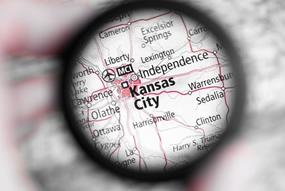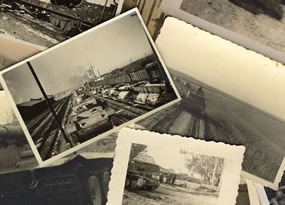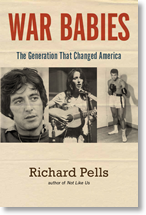 The war babies were born during World War II. Later, they lived through the Korean War, Vietnam, Iraq, and Afghanistan. But the global conflict that dominated their lives was the Cold War.
The war babies were born during World War II. Later, they lived through the Korean War, Vietnam, Iraq, and Afghanistan. But the global conflict that dominated their lives was the Cold War.
Yet the Cold War, unlike the struggle against terrorism, had limits that offered a bizarre sense of comfort. Both the Americans and the Soviets knew what the limits were. Neither were going to threaten the other’s sphere of influence (except in the one case where the Russians attempted to install missiles in Cuba in 1962). Otherwise the Cold War was fought mainly with proxies, particularly in Southeast Asia and Africa.
So for nearly forty years, the real conflict between the United States and the Soviet Union was conducted between agents and spies. Suspicions abounded. Carl Bernstein‘s parents had been members of the American Communist Party. Consequently, they were regularly followed by FBI agents, including two FBI-men who showed up at Bernstein’s Bar Mitzvah. How reading from the Torah might be considered subversive was unknown to Bernstein and the agents. But the event did inspire in Bernstein a suspicion of government power that blossomed when he was reporting with Bob Woodward on Watergate.
The fundamental issue in this game of intelligence agents was who to trust, who might be a “mole”—a double or even triple agent. And there were plenty of those: Alger Hiss, Julius and Ethel Rosenberg in America; Klaus Fuchs and Kim Philby in Britain.
What sort of person would betray his country, his spouse, his friends, and his colleagues? Usually not for money. Mostly, the act of treachery was motivated by ideology and sometimes just the fun of the game.
No author wrote with more understanding and insight about the psychology of the mole that John leCarré. In The Spy Who Came in from the Cold (1963), Tinker Tailor Soldier Spy (1974), Smiley’s People (1979), and A Perfect Spy (1986), Le Carré was fascinated with the perils of deception and duplicity, and with the con-man who could fool anyone without their suspecting. As a result, some of the novels were the most engrossing and sophisticated of the Cold War. And many of them were made into superb movies. Richard Burton gave one of his finest performances as Alec Leamas in The Spy Who Came in from the Cold. And after Alec Guinness inhabited George Smiley in the BBC production of Tinker Tailor Soldier Spy and Smiley’s People, le Carré admitted he could not write about George Smiley again because Guinness had “stolen” Smiley.
Eventually the Cold War spy novelists lost their subject when the Cold War ended. Now the enemy was not other spies but terrorist groups that were difficult to penetrate.
Still, during the Cold War things could go awry – spies or no spies. In that case, we might all be riding a bomb with Slim Pickens to oblivion. So perhaps the last words should be given to Peter Sellers as the maniacal Dr. Strangelove: Mein Fuhrer! I can walk!


